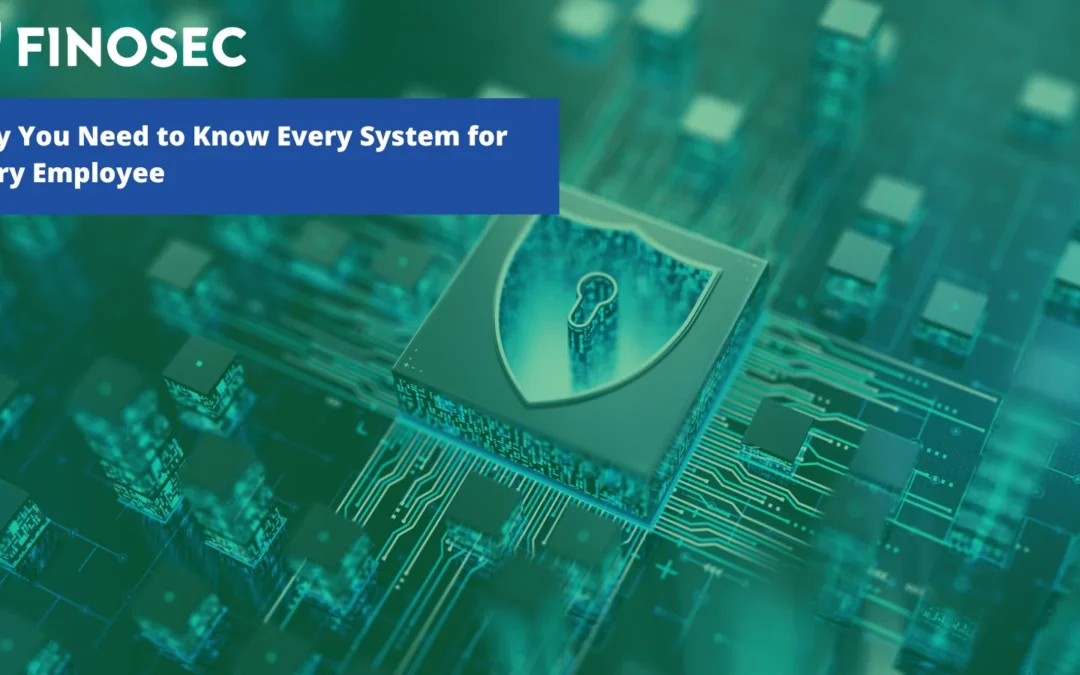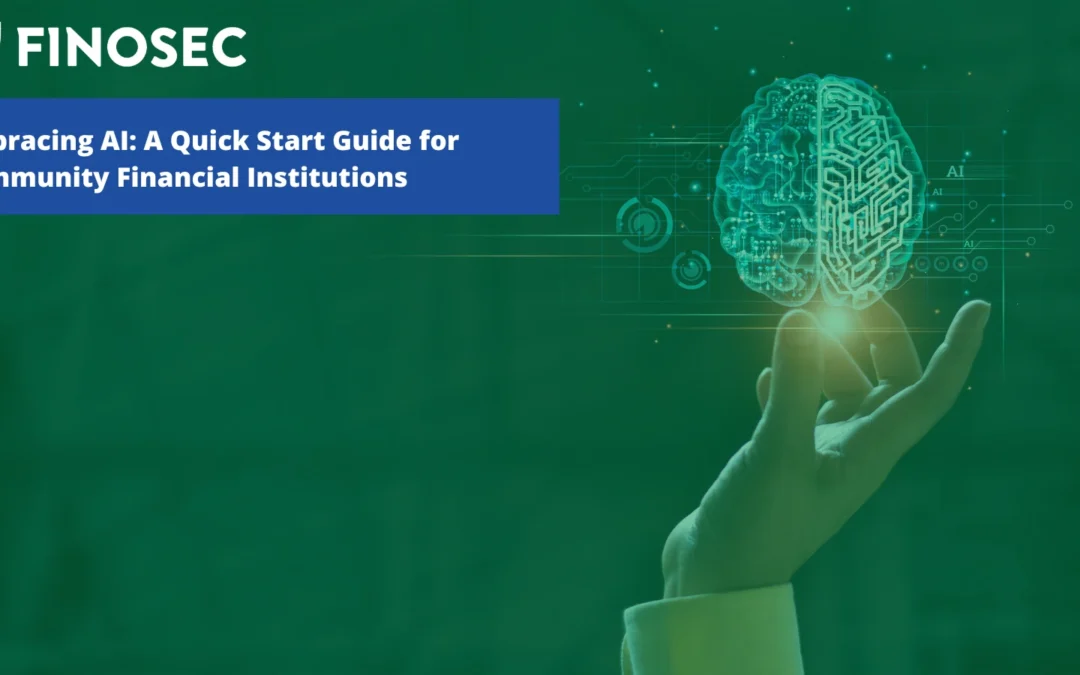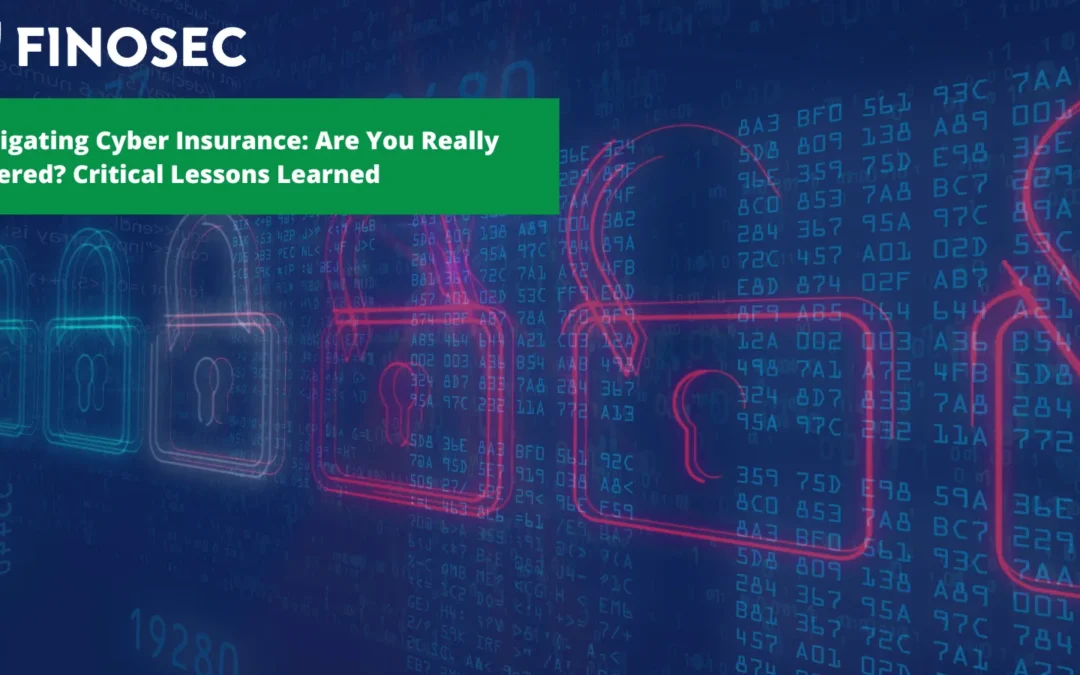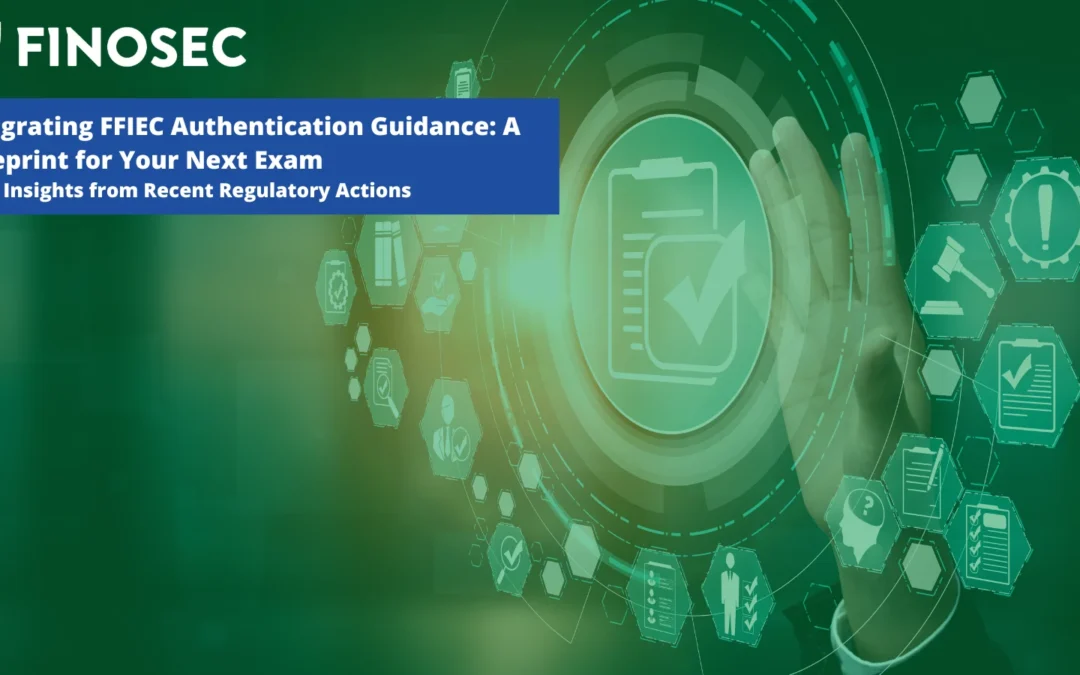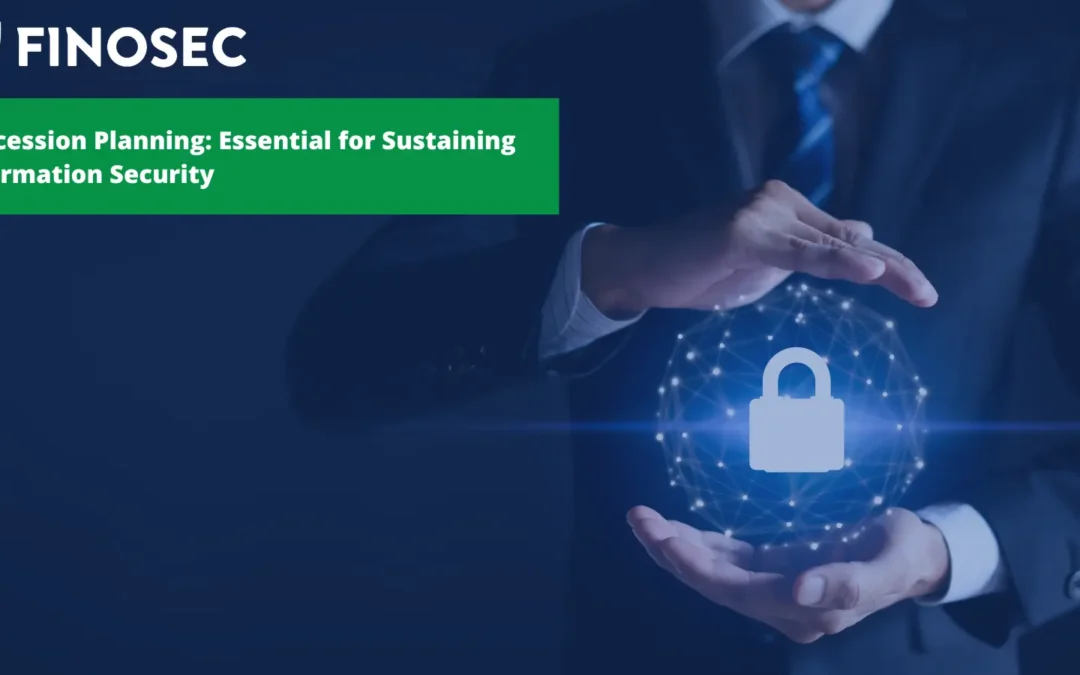Beth Sumner, our VP of Customer Success, recently had the opportunity to discuss ransomware attacks and the importance of community bankers staying vigilant against these crimes in Independent Banker. While the number of ransomware attacks continues to increase, so do the sums demanded by the attackers. In response to the escalating threats, the Conference of State Bank Supervisors updated their Ransomware Self-Assessment Tool (R-SAT 2.0), and our team at Finosec published a 3-part blog series on R-SAT v2.0 designed to help institutions mitigate ransomware risks and safeguard critical financial systems.
A July 2023 report by cybersecurity firm Sophos found that financial organizations recently paid an average of $1.6 million to their ransomware attackers to recover their data, a significant increase over the average of $272,655 in 2022. These criminals are going further than demanding money to decrypt company data—often using the stolen data to extort a company and its customers by threatening to release the data to the black market.
While these attacks continue to grow in complexity, there are commonalities in how hackers operate—with phishing and social engineering at the top of the list. Because of this, “cyber hygiene” is vitally important. With the use of strong and unique passwords, ensuring that multifactor authentication systems are standard practice, and managing to least privilege with standardized user access reviews at your institution, you can stay ahead of these attacks by safeguarding sensitive data and preventing unauthorized access to accounts.

